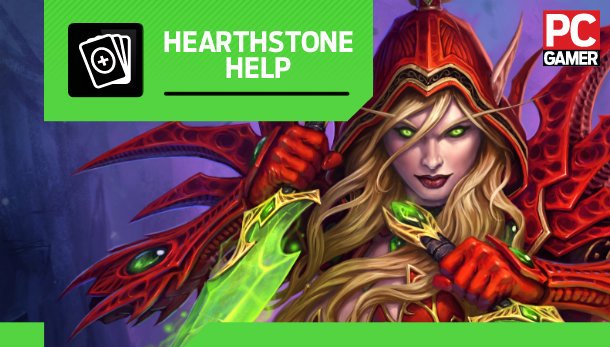
Still getting crushed by a stream of Murlocs? In the first of a series of articles, our friendly Hearthstone expert shows you why some decks seem so unfair, and how to counter them.
Well met, PC Gamer readers and Hearthstone fanatics. My name is Vincent Sarius , and I've been playing Hearthstone since October, during which time I've reached the 'Legend' rank in every season on the European server. In this series of articles I'm going to make you a better Hearthstone player by revealing the strategy behind some of the game's key concepts, showing you some killer decks created by other expert players, and explaining how the game itself is evolving.
Which brings us to our topic for today: The Hearthstone "metagame", and how understanding it will improve your performance. Metagame is a term used in games of all kinds to describe "the game beyond the game", or in other words the dominance of certain strategies and play styles, which become popular in the community because of their perceived effectiveness. The metagame invariably keeps evolving as players find new ways to defeat currently trendy techniques. This is known as "breaking the meta". In Hearthstone, much like Magic: The Gathering, the metagame is exemplified by a particular deck becoming heavily used on the Ranked Ladder.
However, generally speaking, even the most seemingly effective deck will have a flaw. Decks tend to gain traction and popularity because there either isn't a deck which capitalizes on this flaw yet, or there is but that deck is currently unpopular. As decks appear which do expose or capitalize on the flaw, the previously dominant deck will often be tweaked (by its creator, or other players who've copied it) to counteract these newly unfavorable match-ups. One of the most exciting aspects of Hearthstone, for me, is how immensely fluid this makes the metagame feel. A deck which is commonly considered to be the best one week will often barely played the next. Usually, the new best deck will be the one that crushed the previous one, and so on ad infinitum.
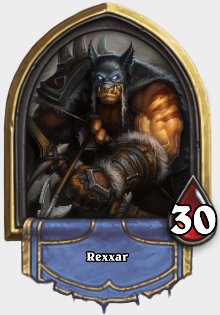
A dog's life for hunters
To get a sense of why some decks originally rose to prominence, and then subsequently dropped out of favor, let's start with Hunter class. A while ago, playing as a Hunter was very different. It largely had one viable type of deck, which relied on an old iteration of the Unleash The Hounds card that gave all of your Beasts +1 Attack and Charge, enabling them to score 'cheesy' one-turn kills. Over the course of Hearthstone's beta Blizzard removed, or severely gimped, any combo which could theoretically kill an opponent in one turn on an empty board. The first of these nerfings saw Unleash The Hounds redesigned into it's current form, but with a slightly at higher mana cost of four mana. The one-turn-kill Hunter was gone.
Subsequently the Hunter languished as one of the widely regarded worst heroes, until Blizzard halved the mana cost of Unleash The Hounds, which drew back the attention of some of the better players and deck builders. Eventually this led to the creation of a deck known as the Chakki Hunter (check out the cards here ), and also known as the Beatdown or Facerush Hunter. This deck's purpose is to simply kill the opponent quickly with strong Charge creatures, and punish any minions they chose to place by drawing cards and doing damage with an Unleash The Hounds + Starving Buzzard , often throwing in a Timber Wolf to increase the damage. This is probably one of the most hated decks by players in the lower ranks, simply because it often feels like there is nothing you can do if you don't draw the perfect cards to counteract it. Although, as you're about to see, that's not the case.
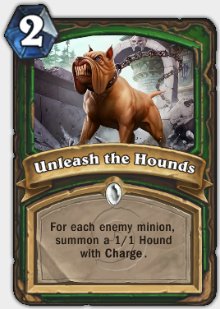
This Chakki Hunter prompted a big increase in the use of minions with the Taunt ability, and a greater focus on survivability in many of the decks designed to last until the late-game when both players have large mana pools. Probably the most effect counter deck was the Kitkatz Warrior , a very late-game Control deck with amazing survivability and great removal options for the weak creatures that Chakki was running. (A 'Control' deck is one used to play reactively against your opponent's threats until the late-game, when its high cost cards arrive to crush the opponent.) For most of March and April, I would say this was the strongest deck. It had it all: A great burst combo, enabling it to do massive damage over the course of one or two turns, and a strong mana curve, meaning a balanced spread of card costs to ensure flexibility at all times. However, it wasn't to last. The Hunter adapted.
The biggest gaming news, reviews and hardware deals
Keep up to date with the most important stories and the best deals, as picked by the PC Gamer team.
The latest trendy evolution of the Hunter is now known as the Kolento/Gaara or Midrange Hunter deck, although the original iteration of this deck was made by Lifecoach, a top 30 NA player and former professional Poker pro. This deck still utilizes the Unleash The Hounds combo, but it focuses on stronger, more durable Beasts. Synergizing the abilities of the deck's many Beast minions to great effect.
Just a few days ago, this deck constituted at least half of the matches in the Rank 1-3 bracket, and a large percentage of the 'Legend' bracket as well. It's currently the deck to beat, and demonstrates how the Hunter has evolved from cheesy one-turn Kills into a less gimmicky, more value-focused midrange deck.
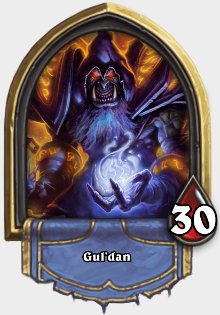
The warlock visits the zoo
So, what other decks are big on the ladder right now? Probably the other most hated deck after the Beatdown Hunter is the Zoo Warlock deck, which is focused on playing very cheap minions, fueled by the Warlock's hero power which enables him to draw a card at the cost of taking two damage, which helps continually exert pressure and control the board.
A lot of players seem to believe that this makes it a 'Rush' deck–i.e. one that relies on overwhelming early aggression to secure a quick win–but it's actually more of a midrange Control deck, built around buffs allowing cheap creatures to 'trade up' by sacrificing lower cost minions to remove your opponent's more expensive ones. The design design philosophy being that if you're the one who chooses what creature to attack, you have a natural advantage. In this case, the Zoo name was given in honor of a very popular 'Red/Green/White' Magic:The Gathering deck which had much the same idea: Lots of cheap, durable creatures.
The best current iteration of the Warlock Zoo deck was built by Reynad, a popular Twitch.tv streamer, though it's heavily influenced by an earlier Warlock Control deck made by Curi. Unlike the Beatdown Hunter, no clear-cut counter to Zoo has emerged yet, however certain decks make for a very favorable match-up against it.
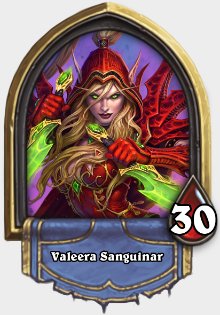
Rogue sets the tempo
Currently, the best option against the Warlock Zoo is the Savjz Tempo Rogue deck. This is a deck designed to dictate the 'flow' of the game through superior mana usage, which is known as 'Tempo'. Against decks which seek to control the board such as Zoo, the Tempo Rogue has an advantage due to many of the Rogue cards being very good against low health creatures, while also being cheap enough that they can be played early in the match before the Zoo player has wrested the board away from you.
In particular, cards like Backstab and SI:7 Agent make it very hard for the Warlock to actually get its important creatures to 'stick' on the board–often they get removed before they can have any impact. If the Zoo player is unable to get an early advantage, they tend to lose. However, the Tempo Rogue deck also suffers from the same problem as the Beatdown Hunter–large durable creatures with the taunt ability can stop the deck in its tracks. This is part of the reason why Tempo Rogue has never become as popular as the Zoo Warlock or Chakki Hunter decks–it has a few very good match-ups, but also a bunch of bad ones.
Trial, and less error
Try out some of these decks and see how you get on. Especially at the lower ranks, their effectiveness will catch many players off guard, and by using them you'll come to understand what it is about the combination of cards that makes them so powerful. (Don't worry if you haven't got all the exact cards, just substitute them for ones which have similar attributes and abilities.) Next week we'll be looking at how to build your own unique deck, incorporating some of the ideas from this article like Tempo, Mana Efficiency and Card Advantage. Creating your own deck is a big part of the fun in Hearthstone, and certainly more so than copying the cards of high-profile players–or 'Netdecking', as it's known.
Next week: Why having a strong Mana Curve is so important when designing a deck, and the best ways to synergize different elements of your deck.
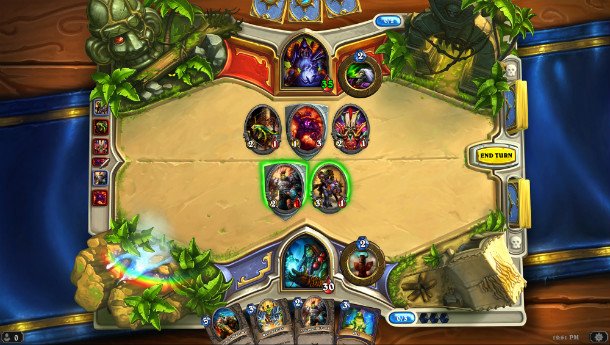
With over two decades covering videogames, Tim has been there from the beginning. In his case, that meant playing Elite in 'co-op' on a BBC Micro (one player uses the movement keys, the other shoots) until his parents finally caved and bought an Amstrad CPC 6128. These days, when not steering the good ship PC Gamer, Tim spends his time complaining that all Priest mains in Hearthstone are degenerates and raiding in Destiny 2. He's almost certainly doing one of these right now.


